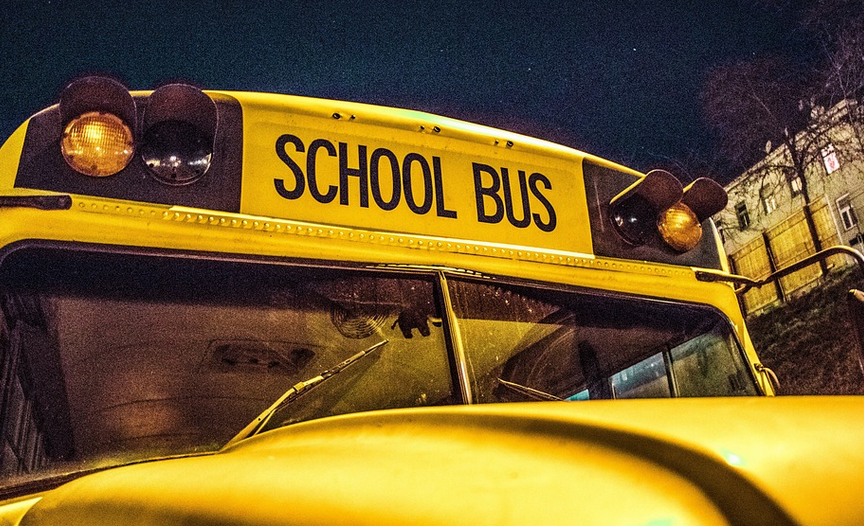
The Struggle for Equality in the Classroom
The year is 1954, a time when America grapples with both vast social change and deep-seated inequalities. At the heart of this struggle lies a case that would forever alter the landscape of education: *Brown v. Board of Education*. This landmark legal battle took place within the walls of a courtroom amidst a nation battling civil rights and segregation. It’s easy to get caught up in the historical narrative, but let’s rewind to understand how this case became such a pivotal moment in American history. For decades after the Civil War, Jim Crow laws swept across the country, leaving African Americans severely disadvantaged. Segregation wasn’t just about physical separation; it was ingrained in every aspect of daily life. Schools were often underfunded and equipped with less resources for Black students, forcing them to learn in overcrowded classrooms with outdated textbooks. The Supreme Court case began when three families from Topeka, Kansas, challenged the local school board’s segregation policy. They argued that separate educational facilities were inherently unequal, violating the Fourteenth Amendment’s Equal Protection Clause – a crucial part of American law guaranteeing equal rights under the law. Their courage in taking this stand was revolutionary at the time and their case was ultimately heard by the Supreme Court. The Brown v. Board of Education case is not just about textbooks or school desks, though these were certainly central to the argument. It’s a reflection on the values of human dignity and equality. It challenged deeply ingrained societal norms that simply perpetuated a system where Black students were denied equal opportunities in education. This wasn’t just a simple academic debate; it was an epic clash between ideals and reality. The case ignited a wave of activism, bringing to light the injustices faced by African Americans across all facets of society. The Brown v. Board ruling became a beacon of hope for the Civil Rights Movement, paving the way for legal battles against segregationist policies. It served as a vital stepping stone in dismantling Jim Crow laws and achieving true equality. The “Brown vs. Board of Education” worksheet is often a key piece of curriculum for high school students studying this landmark case. It helps them delve into various aspects of the decision, examining its historical context, legal arguments, and societal ramifications. This allows students to grasp the gravity of the case and understand how it impacted generations to come.
The “Brown vs. Board of Education” worksheet is more than just a study tool; it’s a powerful symbol of justice and equality for all. It serves as a reminder that education, at its core, is about empowering individuals and fostering societal progress. And those who fought to achieve this in the ’50s, and continue to fight for equal opportunities in 2024, should be lauded and celebrated.
Unpacking the Worksheet: A Closer Look
The worksheet often comes with a range of questions designed to test students’ understanding of the case. These include:
- What was the main argument in the Brown v. Board of Education case?
- How did the Supreme Court rule on the case?
- What were some of the consequences of the Brown v. Board ruling?
The “Brown vs. Board of Education” worksheet is more than just a tool for memorization; it’s an opportunity to delve into critical thinking, explore historical context, and understand its lasting impact on education and society as a whole.
Why This Matters: The Legacy of Brown
The legacy of “Brown vs. Board of Education” continues to resonate today. It reminds us that progress is often not linear; there are setbacks, challenges, and constant vigilance needed to dismantle systemic barriers and foster true equality. It highlights the enduring struggle for justice in education and society as a whole.
The “Brown vs. Board of Education” case remains a crucial reminder that the fight for equal opportunity isn’t just about legal victories, but also about dismantling ingrained prejudices, fostering empathy, and advocating for social change. This journey towards achieving true equality for all continues to shape our world today.




